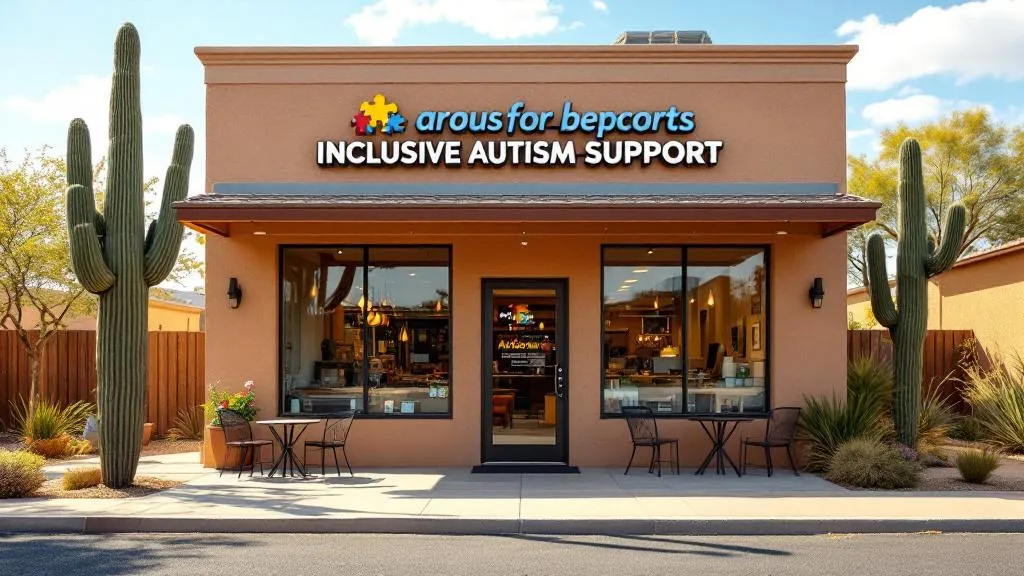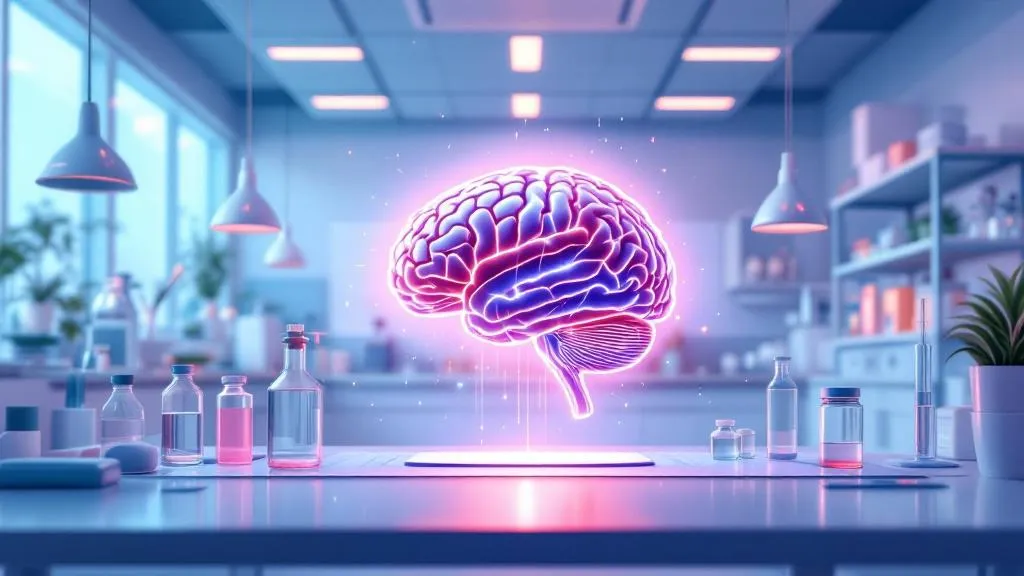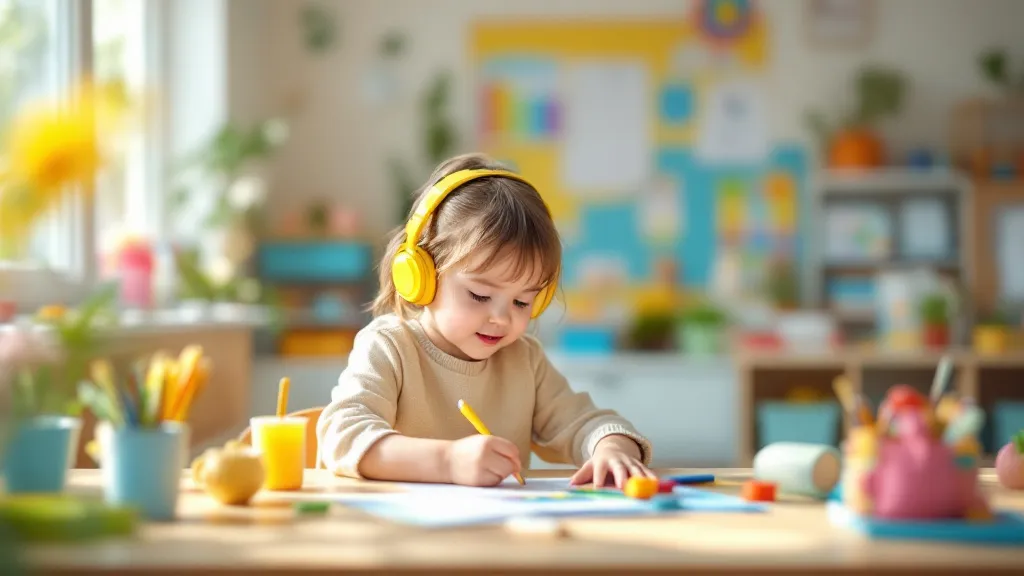Signs & Symptoms of Autism in Teens
Understanding Autism in Adolescents: Recognizing Key Signs and Symptoms

A Guide for Parents, Educators, and Caregivers
Autism spectrum disorder (ASD) is a complex neurodevelopmental condition characterized by a range of signs and symptoms that can manifest uniquely in each teen. Recognizing these signs early is crucial for accessing support and interventions that can improve social, emotional, and behavioral outcomes. This article provides an in-depth overview of the behavioral, social, sensory, and developmental indicators of autism in teenagers, highlighting how these may become more noticeable during adolescence and offering guidance on assessment and support strategies.
Early Signs and Developmental Indicators of Autism in Teens

What are the signs and characteristics of autism in teens?
Autism spectrum disorder (ASD) in teenagers often presents through a mixture of behavioral, communication, and social challenges. Teens with autism may find it difficult to develop and maintain friendships, often feeling isolated or different from their peers. They might struggle to interpret social cues, such as body language or tone of voice, which can lead to misunderstandings.
Communication differences in adolescents include not taking turns during conversations, speaking about intense or narrow interests, and interpreting language literally. Some may speak with unusual tone or volume, or not at all, using alternative methods like gestures or written communication.
Behaviorally, many teens exhibit intense interests or hobbies, repetitive movements—known as stimming—such as hand-flapping or rocking, and strict adherence to routines. They often become upset when routines are disrupted and may develop specific, sometimes obsessive, interests.
Sensory sensitivities are common; teens may be overwhelmed by loud noises, bright lights, or certain textures, seeking or avoiding sensory input. Emotional difficulties, including anxiety, depression, low self-esteem, and withdrawal from social situations, frequently accompany ASD.
During adolescence, these signs can become more noticeable as social and academic demands increase. Recognizing these features early allows for targeted support and interventions, helping teens navigate their social world more comfortably.
Social, Communication, and Behavioral Signs to Watch For

What behavioral and sensory signs should caregivers look for in adolescents with autism?
Caring for teenagers with autism involves observing various social, communicative, and behavioral indicators. In terms of verbal and nonverbal communication, adolescents may struggle with back-and-forth conversations, often dominating or avoiding dialogue altogether. They might use minimal gestures, make limited eye contact, or have facial expressions that don't match their emotions. Some may speak in monotone, with unusual pitch or volume, and may repeat phrases or speak in a stereotyped manner.
Repetitive behaviors and intense interests are common. Teenagers might engage in body movements like hand-flapping, rocking, or spinning, which serve as self-stimulation, or develop a strong obsession with specific topics. They often prefer routines, feeling distressed when routines are disrupted or changes are introduced. Lining up objects or repeating actions and phrases — known as echolalia — are typical behaviors.
Social challenges become more apparent as adolescents try to navigate peer relationships. They often find it difficult to interpret social cues, make friends, or understand unwritten social rules. This can lead to feelings of isolation or low self-esteem and may result in withdrawal from social activities.
Sensory sensitivities also play a significant role. Many teens with autism are hypersensitive or hyposensitive to sounds, textures, lights, or smells, which can cause discomfort or distress. They might seek sensory input by touching certain textures or avoiding noisy environments, or vice versa.
Additional signs to be aware of include emotional fluctuations such as anxiety or depression, rigid thinking patterns, and literal interpretations of language, which can hinder social interaction. Recognizing these behaviors early facilitates timely intervention, supporting social skills development and improving overall well-being.
Developmental Variations and the Spectrum of Autism in Teens

What are the indicators and developmental variations related to autism in teens?
Teenagers with autism often show a range of signs reflecting differences in social, emotional, and behavioral development. These indicators include challenges with verbal and non-verbal communication. For example, they may struggle with starting or maintaining conversations, avoid eye contact, and have difficulty interpreting facial expressions or body language. Some may speak in a monotone or repeat phrases (echolalia), while others might have very limited speech.
Non-verbal clues, such as minimal gestures, unusual facial expressions, or a tendency to stare or avoid interactions, are common. Repetitive actions like hand-flapping, rocking, or lining up objects can also become more noticeable as they develop. Many teens develop intense interests in specific subjects, which they may focus on obsessively, and prefer routines and rituals that secure a sense of predictability.
Sensory sensitivities—being overwhelmed by loud noises, bright lights, or certain textures—are prevalent and can impact daily life. Emotional struggles, including anxiety, low mood, or difficulty expressing feelings, often accompany autism. These factors can lead to social withdrawal or difficulties forming and maintaining friendships.
Developmental differences may also include delays or variations in speech, motor skills, and social cognition that become more evident during adolescence. For example, some teens may not understand social nuances, sarcasm, or metaphors, making peer interactions confusing.
Support strategies are vital for managing these differences. Providing structured routines, engaging in calm and predictable activities, and encouraging positive social opportunities can help. Visual supports, social skills training, and patience are also effective approaches to assist teens in navigating their developmental journey effectively.
Understanding these signs and variations aids parents, educators, and clinicians in facilitating supportive environments that accommodate each teen’s unique developmental pathway.
Understanding Level 1 Autism in Teens: Features and Support Needs

What does Level 1 autism look like in teens?
Level 1 autism in teens is often characterized by mild but noticeable challenges in social communication and behavior. Many teens might find it difficult to read social cues such as body language or facial expressions, which can lead to misunderstandings in social settings. They may avoid eye contact or display limited gestures, making interactions seem awkward or distant.
These teenagers often have trouble initiating or maintaining conversations. They might take language literally and understand humor, sarcasm, or idioms with difficulty. As a result, they can feel isolated or misunderstood despite their best efforts.
Behaviorally, teens may prefer spending time alone or engaging in solitary activities. They often have rigid routines and might become distressed by changes in their daily schedule. Sensory sensitivities are common, such as being overwhelmed by loud noises, bright lights, or certain textures.
Emotional difficulties like anxiety, low mood, or depression frequently accompany these social and communicative differences. Such mental health issues can further challenge their daily functioning.
Support strategies for teens with Level 1 autism
Supporting teens with Level 1 autism involves a combination of tailored interventions. Cognitive-behavioral therapy (CBT) can help develop social skills, emotional regulation, and coping strategies for anxiety and depression.
Environmental approaches, like creating predictable routines and minimizing sensory overload, are also helpful. Using visual supports and social stories can assist teens in understanding and navigating social situations more comfortably.
Programs focused on experiential learning—such as outdoor activities or art therapy—can promote emotional growth and cognitive flexibility. Peer mentoring and social skills groups often encourage positive social interactions and help reduce feelings of isolation.
Educational accommodations, including quiet spaces or modified curricula, support their learning needs. It's vital to foster a supportive environment that emphasizes understanding, patience, and the recognition of individual strengths.
Mental health considerations
Teens with Level 1 autism frequently experience co-occurring mental health issues. Anxiety disorders are common, often linked to social challenges and sensory sensitivities.
Depression can develop from feelings of social disconnection or difficulty in meeting academic or social expectations. Early identification and intervention are crucial.
Supporting mental health involves not only therapy but also fostering self-esteem and teaching emotional literacy. Psychoeducation helps teens understand their experiences and develop resilience.
Furthermore, involving families and schools in comprehensive support plans enhances stability and promotes adaptive coping.
| Signs of Level 1 Autism in Teens | Typical Behaviors | Support Approaches |
|---|---|---|
| Mild social challenges | Limited eye contact, difficulty with social cues | Cognitive-behavioral therapy, social skills training |
| Communication difficulties | Literal understanding, trouble taking turns | Visual supports, social stories |
| Rigid routines & routines distress | Preference for sameness, distress with change | Predictable schedules, environmental modifications |
| Sensory sensitivities | Overload from noises or textures | Sensory-friendly settings, gradual exposure |
| Emotional regulation issues | Anxiety, depression, low mood | Emotional literacy education, counseling |
Understanding and supporting teens with Level 1 autism requires recognizing their unique social, emotional, and sensory needs. With appropriate strategies and interventions, these teens can develop greater social confidence, emotional resilience, and well-being.
Assessment and Diagnosis of Autism in Adolescents

How can autism in teens be diagnosed and assessed?
Diagnosing autism in teenagers involves a detailed process that combines several methods to understand the individual's behaviors and developmental history. A team of specialists, including psychologists, pediatricians, speech-language therapists, and occupational therapists, typically conduct the assessment.
Since autism traits can sometimes be masked or less obvious during adolescence — especially in girls who may learn to hide their symptoms — a comprehensive evaluation is crucial. This process often includes behavioral assessments to observe social interactions, communication skills, and repetitive behaviors.
Developmental history is also a vital part of diagnosis. Gathering information about early childhood development, language milestones, social activities, and any previous concerns helps in understanding the overall developmental trajectory.
Several diagnostic tools and questionnaires can support the assessment. Common screens, like the Autism Spectrum Quotient (AQ), help identify potential autism traits but are not used for a definitive diagnosis. The core of diagnostic decisions relies on criteria from the Diagnostic and Statistical Manual of Mental Disorders, Fifth Edition (DSM-5). These criteria focus on persistent difficulties in social communication, social interaction, and the presence of restricted interests and repetitive behaviors, all of which should be evident from early childhood.
The assessment process may include interviews, standardized tests, and direct observations to evaluate social reciprocity, non-verbal communication, and behavior patterns. Because autism can present differently in each individual, especially during the teenage years when behaviors can evolve, only trained mental health professionals can provide an accurate diagnosis.
In summary, diagnosing autism in teenagers requires an integrated approach that combines behavioral assessments, developmental history, clinical observation, and DSM-5 criteria. Early and accurate diagnosis is essential to access appropriate support and interventions that can significantly improve social, emotional, and educational outcomes.
Supporting and Educating Teens with Autism

How can parents, teachers, and caregivers support children and teens with autism?
Supporting teenagers with autism involves a combination of understanding their unique needs and providing tailored strategies that foster growth and confidence. Establishing clear, consistent routines helps reduce anxiety related to unpredictability. For example, visual schedules or checklists can give teens a sense of control over their day.
Sensory needs are a significant aspect of autism. Some teenagers may be overwhelmed by loud noises, bright lights, or certain textures. Creating sensory-friendly environments, such as quiet spaces or noise-canceling headphones, can provide relief.
Fostering social skills requires patience and supportive communication. Encouraging small group interactions, modeling appropriate social cues, and teaching conversational turn-taking can improve social engagement. It's important to be non-judgmental and understanding, offering positive reinforcement for social efforts.
Monitoring changes in behavior, such as increased withdrawal or anxiety, helps caregivers identify emotional struggles early. These signs might indicate stress or depression, calling for professional help like counseling or therapy.
Utilizing resources developed by autistic individuals, such as the Know Yourself series, can be invaluable. These tools assist young people in understanding their identity, managing energy levels, and preparing for adulthood.
Supporting executive functioning through organizational aids—like planners or timers—and breaking tasks into manageable steps helps teens navigate daily responsibilities effectively.
Education about puberty, social norms, and personal safety is crucial for social development. Tailored lessons can equip teens with the knowledge they need to handle complex social situations.
Regular check-ins with healthcare professionals ensure that emotional and developmental needs are addressed promptly. A safe, accepting environment where teens feel valued and understood fosters their overall well-being.
In summary, providing structure, sensory support, social skills training, and education, along with access to professional help, creates a comprehensive support system for teens with autism. This approach empowers them to thrive academically, socially, and emotionally.
Early Recognition and Intervention Make a Difference
Understanding the signs and symptoms of autism in teens allows families, educators, and caregivers to identify needs early and access targeted support. Early intervention can significantly enhance social, emotional, and behavioral outcomes. With an informed approach, teens on the spectrum can develop their strengths, improve communication, and navigate their social worlds more confidently, fostering a more inclusive and understanding environment.
References
- Signs and symptoms of autism in teenagers
- Later signs of autism: pre-teens and teenagers
- Understanding Autism in Kids & Teens: Signs and Support Strategies
- Signs of autism in children - NHS
- Autism spectrum disorder - Symptoms and causes - Mayo Clinic
- Signs and Symptoms of Autism Spectrum Disorder - CDC
- Signs that a child or adult may be autistic
Does Your Child Have An Autism Diagnosis?
Learn More About How ABA Therapy Can Help
Find More Articles
Contact us
North Carolina, Nevada, Utah, Virginia
New Hampshire, Maine
Arizona, Colorado, Georgia, New Mexico, Oklahoma, Texas
.avif)


































































































